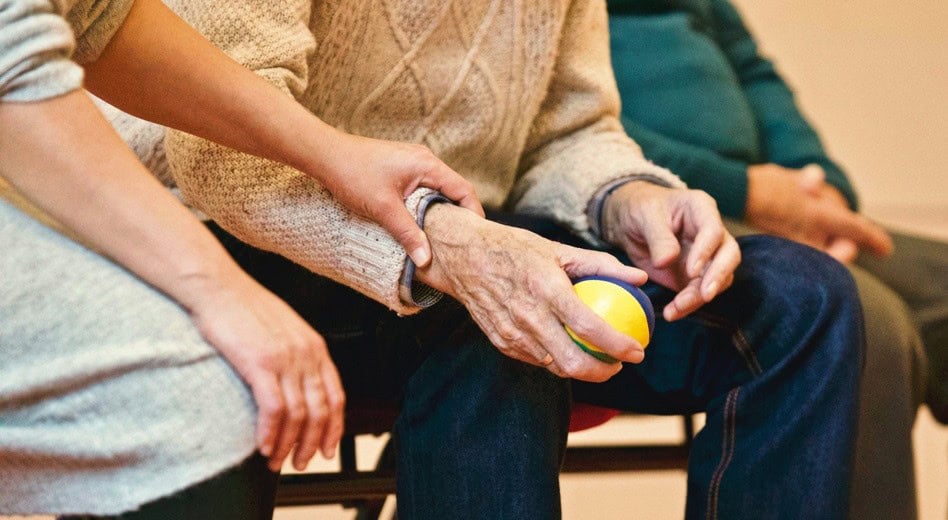Canada Releases 24-Hour Movement Guidelines for Adults
October 15, 2020
Exploring frailty through physical activity and sedentary behaviours
October 28, 2020A paper entitled “Popliteal flow-mediated dilatory responses to an acute bout of prolonged sitting between earlier and later phases of natural menstrual and oral contraceptive pill cycles” was published in the October 2020 issue of Journal of Applied Physiology. The summary of the paper, citations details and author information are posted below. Thank you to Myles W. O’Brien for sharing their study summary with us.
The full-text article can be accessed here: https://journals.physiology.org/doi/abs/10.1152/japplphysiol.00424.2020
Study Summary
Background & Purpose:
The ability of the innermost lining of blood vessels (i.e., endothelium) to produce and release chemicals that cause them to relax and get bigger is directly related to the risk of developing vascular diseases. Lower-limb arteries, like the popliteal, are particularly susceptible to the development of atherosclerosis. Endothelial function may be determined using high-resolution ultrasound via the flow-mediated dilation (FMD) technique. Uninterrupted sitting can impair popliteal FMD in young, premenopausal females when endogenous or exogenous estrogen levels are low. However, it is unknown if sitting-induced FMD responses are altered when estrogen levels are elevated in females who naturally menstruate (NAT) or those using combined, monophasic oral-contraceptive-pills (OCP). This study tested the hypothesis that the decline in popliteal FMD following an acute bout of prolonged sitting would be attenuated during the later versus earlier phases of a natural menstrual or OCP cycle.
Methods:
Popliteal FMD was measured before and after 3-h of sitting in NAT-females (n=9; 23±3 years) and OCP-females (n=9; 23±3 years) twice. Each participant was assessed during the earlier and later phases of their natural menstrual or OCP cycle.
Results:
At pre-sit, relative FMD was greater in the later phase versus earlier phase in NAT (4.6±1.6% to 5.8±1.5%; P=0.002), but not between pill phases among OCP (4.4±1.2% to 4.8±1.6%; P=0.32). Both groups exhibited similar prolonged sitting-induced impairments in popliteal FMD (Pre-Post Sitting Time: P<0.001; Group DFMD: P=0.66; Phase DFMD: P=0.42; Interaction DFMD: P=0.72), regardless of menstrual cycle phase (earlier: -2.5±1.5%; later: -2.4±1.0%) or pill phase (inactive-pill: -2.4±1.4%; active-pill: -2.1±1.1%).
New & Noteworthy:
Pre-sitting endothelial-dependent vasodilation was greater in females who naturally menstruate during the later versus earlier phase, but unchanged among contraceptive pill phases. Neither menstrual nor oral contraceptive pill phases attenuated the robust decline in conduit artery health following an acute period of uninterrupted sitting in young females.
Authors and Affiliations
Myles W. O’Brien, Jarrett A. Johns, Amera Al-Hinnawi, Derek S. Kimmerly
Division of Kinesiology, School of Health and Human Performance, Faculty of Health, Dalhousie University, Halifax, Nova Scotia, Canada
Citation
O’Brien, M. W., Johns, J. A., Al-Hinnawi, A., Kimmerly, D. S. Popliteal flow-mediated dilatory responses to an acute bout of prolonged sitting between earlier and later phases of natural menstrual and oral contraceptive pill cycles. J Appl. Physiol. 129(4): 637-645




